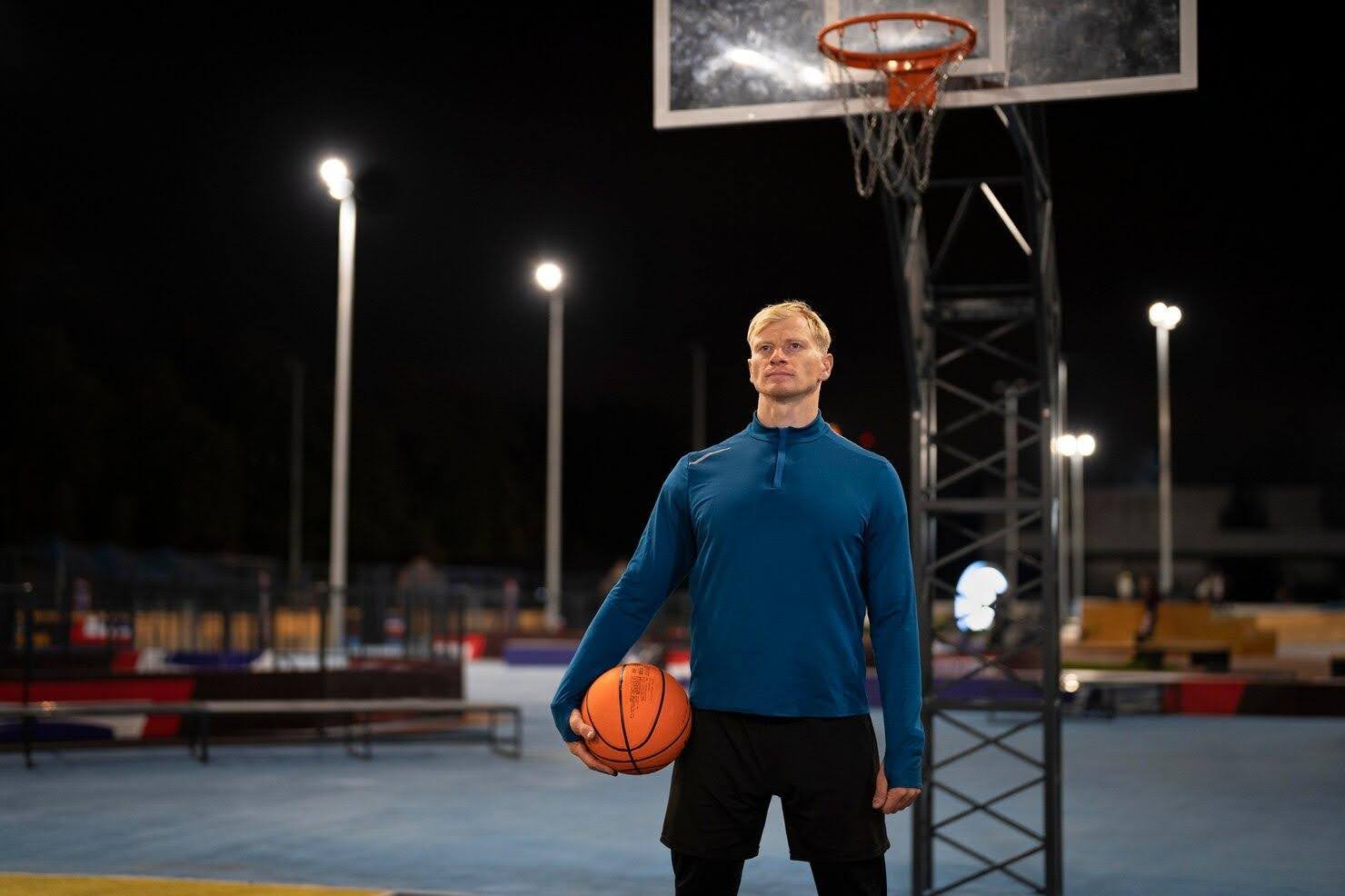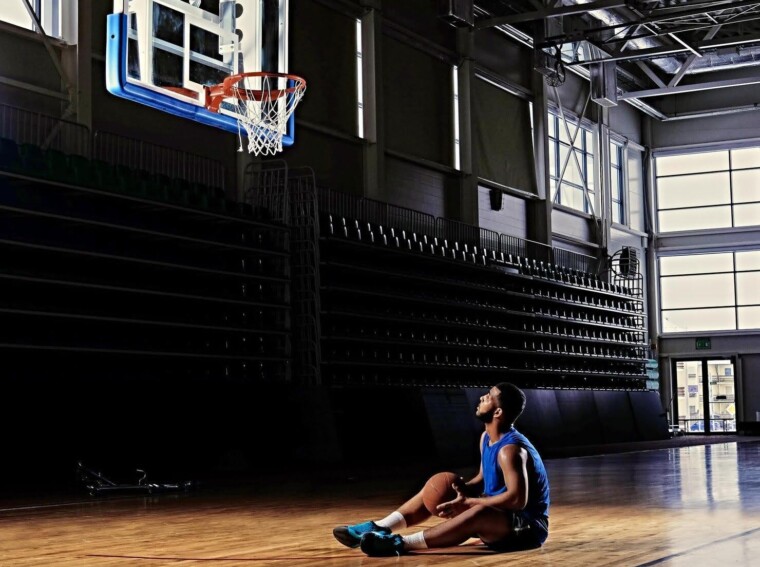In a league where athletes are asked to explode, twist, sprint, and stop on a dime—pure muscle mass just isn’t enough. NBA players need to be powerful without being bulky, and agile without being brittle. That’s why today’s strength programs aren’t just about stacking plates—they’re built around balance.
Gone are the days when bulking up was the main priority. Now, strength coaches across the league design training regimens that support both physical durability and graceful movement. The modern NBA athlete is sculpted like a sprinter and trained like a gymnast—with the explosive power of a linebacker. So how do they build all that without breaking down?
Strength with a Purpose: The Evolution from Bulk to Function
Strength training rooms were meant to provide a place for bench presses, squats, and bulking up. Bigger bodies translated to physicality on the painting floor. But as the game evolved—more speed, more space, more switching on defense—the demands on the body did, too.
Players need strength, to be sure, but also fluidity. Consider Giannis taking off coast to coast, or Steph taking it through screens all day long. Those actions can’t happen with tight hips or stiff hamstrings. That is why it’s increasingly being built into every level of an NBA strength program.
 At the root of this development is functional strength—developing muscle groups that facilitate actual basketball movement, not mirror positions. Core stability, ankle mobility, shoulder flexibility, and reactive strength are all given equal emphasis. And it’s not necessarily about being more athletic—it’s about being able to remain healthy throughout an 82-game season.
At the root of this development is functional strength—developing muscle groups that facilitate actual basketball movement, not mirror positions. Core stability, ankle mobility, shoulder flexibility, and reactive strength are all given equal emphasis. And it’s not necessarily about being more athletic—it’s about being able to remain healthy throughout an 82-game season.
Interestingly, this juggling act is also how smart gamblers balance variables. When a person finds a comparison for football betting, they should look at markets at both big offenses and agile defense to decide outcomes. Strength coaches consider how muscle and mobility are balanced before they design a training program. You just can’t emphasize one at the expense of the other without sacrificing performance or worse, inviting injury.
So what does this balanced training look like in real life?
Major Elements of NBA Strength and Mobility Training
Each franchise is unique, yet they’re similar in many ways. Exceptional programs integrate strength, flexibility, and stability with the entire kinetic chain.
Here’s the rundown of the fundamentals:
NBA Strength Training Fundamentals
- Mobility First: Players start sessions with dynamic warm-ups—hip openers, band work, and thoracic spine stretching—to get joints ready for movement.
- Strength in Motion: Range and control drills such as single-leg squats, loaded carries, and rotational cable lifts mimic movement on the court.
- Stability Under Load: Core training isn’t crunches—it’s battling motion. Plank variations, anti-rotation drills, and balance training teach the body to remain strong under movement.
- Recovery as Training: Foam rolling, mobility flow, and recovery days aren’t an afterthought—they’re planned like any lift or scrimmage.
These principles help athletes build strength without diminishing their cutting edge. What’s the point of an excellent jump, anyway, if your hamstrings seize halfway up?
And even on playing days, athletes are still lifting—though in modified ways. Loads reduce, but intensity does not. Focus turns to maintenance: sustaining crispy movement, avoiding overuse, and sustaining rhythm.
Customization is the Competitive Advantage
No two NBA physiques are alike. A 7-foot center requires a different program than a 6’3″ point guard who resides in the paint. Strength coaches, therefore, tailor routines like tailors making suits—each one custom-designed for a unique build, position, and risk profile.
This individual focus is supplemented by leading-edge data. Teams monitor force production, movement patterns, and fatigue indicators through wearables and court sensors. When a player’s lateral quickness drops even 3% during a week, adjustments are made before it becomes an injury.
And sure, all players want to be explosive, but the real goal is sustainability. Strength is not just now—it’s March, April, and June. This idea—thinking ahead, planning out—echoes the thinking that goes on in the minds of people like those who go to pages like Melbet Indonesia, where members weigh stats, timing, and odds to make a choice. NBA strength coaches do the same: observe, mess around, repeat. Because too much hangs in the balance to attempt it by guesswork.
Muscle Alone Doesn’t Win Titles
The modern-day NBA is a ballet interrupted with outbursts of violence, and in order to survive, players must achieve the elusive balance of power and elegance.
Strength training in today’s game is no longer about who can lift the most. It’s about who can move the best when it matters most. That is to say, strong without stiffness, quick without vulnerability, and resilient without sacrificing anything.
Every single one of those players who took to the air in the playoffs started out working in the gym—with blueprints drawn up not in weight but in intelligence, repetition, and patience. And it’s that which keeps the game, and the players, moving.


